#IRL: 20 Tips for Real Life Learning
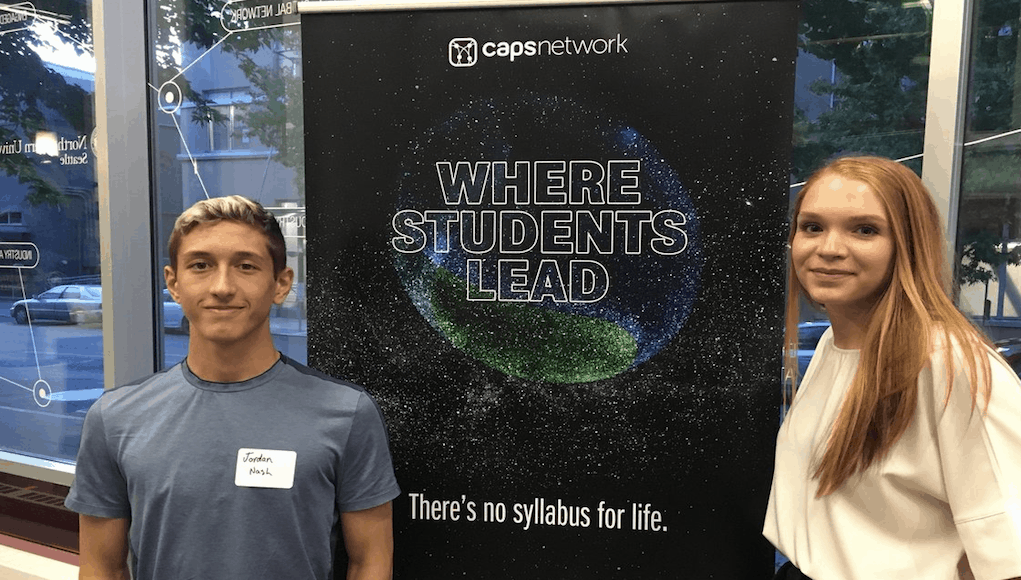
Emma Haynie and Jordan Nash (above) are running a coffee shop in town and planning a charity car show. They are juniors at Ridgefield High, 20 miles north of Portland.
Jordan admitted that he was a procrastinator in some of his courses but, he added, his real world learning experiences were teaching him persistence and project management. “There is real money involved,” said Nash.
To expand access to real world learning, Ridgefield High joined the CAPS Network, more than 100 school districts committed to expanded access to real world learning.
The Center for Advanced Professional Studies (CAPS) opened 10 years ago as a center for professions-based learning in the Blue Valley School District in southwest Kansas City. The CAPS goal is to fast forward into their future immersed in a professional culture, solving real world problems, using industry standard tools, mentored by professionals while receiving high school and college credit. You can check out there film, Where Students Leads.
Real world learning is valuable but it takes preparation and sustained commitment. Following are 20 tips on how to boost engagement and relevance with real world learning
Planning and Preparation
1. Community Engagement. If you want more youth engaged in meaningful projects, gaining the benefit of internships, pursuing valuable credentials, or hatching their first business—the place to start is community conversations about learning goals. Just ask, “What’s happening?, What does it mean? and How to prepare?” The answers will yield a rich graduate profile and support for real world learning. (See Battelle’s PortraitofaGraduate.org for examples).
2. Career Awareness. Help students develop a broad and forward-leaning view of where and how they could contribute. Cajon Valley Union School District (@cajonvalleyusd) systematically introduces students to the World of Work through 54 career exploration experiences between kindergarten and eighth grade. Each experience includes exploration, simulation, meet a pro and practice. (Other resources include Roadtrip Nation and Naviance.)
3. Quality Advising. Quality guidance is often delivered through an advisory system, a distributed counseling model that ensures that every student has a sustained adult relationship monitoring social and academic development and promoting broad exposure to career options. A trusted advisor and a good algorithm can provide personalized and localized career and postsecondary awareness and planning while helping young people match their strengths, interests and values with market opportunities.
4. Skills Assessment. Formal skill assessment and informal interest determination are both important to individualize a work-based learning program. Tests like ACT WorkKeys can be useful. An assessment baseline at beginning aids in the process of career development and program evaluation.
5. Time and Space. It can be challenging to make room in a busy high school schedule for work-based learning. That may mean making it a graduation requirement and reducing other requirements. Incentives for participation can also help. Students in more than 600 career academies aim at the NAFTrack diploma which requires a 120-hour certified internship. CareerWise Colorado advocates for paid apprenticeships.
6. Experience Planning. Rather than throwing students into difficult work settings, a scaffold of activities can build student identity and prepare them for success. Valuable experiences include workplace visits, job shadows, community connected projects (#16), mock interviews, and summer jobs.
Schools can also promote workplace values like respect, responsibility, curiosity and doing your best. In Denver, DSST schools give students feedback on these values on a regular basis.
7. Student Preparation. Students need job-ready skills to be successful in work-based learning. They need to know how to shake hands, how to introduce themselves, how to answer questions in an interview, how to read social situations. Orientation should include practice interactions and tips on appropriate behavior and dress. They are learning these skills at CAPS in Blue Valley Kansas (below) and across the CAPS Network.

Cristo Rey is a network of 35 urban Catholic schools where students spend a day a week in a work study. Member schools do a great job of preparing students for success in the workplace. Work-based learning preparation can be part of an advisory system.
8. Professional Learning for Educators. Key to great real world learning for students is a sustained commitment to quality learning for teachers. Members of the CAPS Network learn from and with each other. Many CAPS teachers attend the Summer Huddle.
Indiana teachers are required to engage in 15-hour externships with local businesses. While well intentioned, the quality of these experiences is often a function of local school and system leadership.
Provisioning and Managing Work-based Learning
9. Procuring Business Partners and Internship Positions. Schools, districts and networks should be creating business partner relationships that include one or more internship opportunities. Formal agreements are key to successful work-based learning experiences.
10. Internship Management. The Big Picture team created Imblaze, an internship management platform that helps young people find internships. After picking an internship, a young person attends and checks in at the site using the mobile app. The advisor receives notification that the student is on site. Mentors can provide feedback to students that advisors can review.
11. Regional Agreements. Guidelines on procuring and sharing work-based learning opportunities across regions so that there is equitable access.
12. Skills Communication. Learners that gain valuable experiences including work-based learning, certificates, entrepreneurial endeavors (the Kansas City-based Kauffman Foundation calls these market value assets) need recognized ways to communicate their expanded capabilities. Strategies include badging, portfolios, extended transcripts, and LinkedIn profiles.
NAF career academy graduate with a NAFTrack diploma giving students hiring preference with corporate partners. Jefferson County (Louisville) students progress through key gateways including graduation with a Backpack of Success Skills (a portfolio)
Industry Certificate Programs
13. Skilled Trade Certificates. In many markets, a skilled trade certificate can be what investor Ryan Craig calls a hard sprint to a good first job. In some trades, good-paying trade jobs may also be the first step on a work and learn ladder.
ACE Leadership High School in Albuquerque (featured here) serves students who have or were on their way to dropping out. Projects always have a tie to a real-world challenge in architecture, construction or engineering.
In Chicago, trade unions are leading the way to develop a new high school to improve historically low participation rates of minorities in Chicago’s union apprenticeship programs.
14. Advanced Manufacturing. The Manufacturing Institute sponsors a series of skill certificates. In Wisconsin, GPS Education works with employers and school districts to offer a combination of blended class in the morning and manufacturing internships in the afternoon aiming at several industry certifications.
Northland CAPS students in Kansas City can participate in an internship at a Magna plant where they make car chassis. After graduation, young people can work as a machine operator and participate in a three-year program in maintenance tooling. Magna pays for tuition and books at the local community college where students earn an industrial maintenance certificate.
15. Robotics. The RAMTEC program at Tri-Rivers Career Center in Marion Ohio was the first to offer a robotics program that features industry certification on leading equipment. The program is now available at 22 other career centers across the state. Employers like Honda hire RAMTEC graduates and support continued learning.
Bringing the Real World into the Classroom
16. Community Connected Projects. NYC iSchool engages students in projects connected to real community issues and partners. Health Leadership High in Albuquerque surveys community healthcare providers annually to identify priority projects.
17. Mentors and Experts. Mentors can help build student identity. By meeting in person or online, mentors build confidence, workplace skills and career awareness.
Connecting with experts during a project builds relevance and depth. Cajon Valley students connect with industry experts on Nepris during projects. Educurious provides secondary school project-based units and connections to industry experts.
18. Social Capital. The potential to work with mentors and experts helps young people build their social capital. Julia Freeland Fisher makes the case that social capital often determines where a young person goes to school, the work experiences they gain, what jobs are available and how quickly careers advance. Helping young people make local and interest group connections and graduate with a robust LinkedIn profile and make a world of difference.
19. College Credit Options. Less real world learning and more a real world bargain, accumulating college credit while in high school makes sense for most students (and their families).
A loose network of Early College high schools share the goal of helping graduates earn an AA degree with their high school diploma. Texas has the most (169 with 30 more opening next year) and the best law supporting both credit and fund transfer. (See blog/podcast on a great example, Quest Early College in Humble.)
The 120 P-tech schools combine the benefits of early college with work-based learning and often employment opportunities.
Early college and P-tech schools require careful mapping of high school and college requirements and close coordination. P-tech programs may also be aligned with job certificates in high demand job clusters.
20. Simulations. Learners at Washington Leadership Academy not only participate in real work internships, they also use virtual reality to extend their experiences. Other VR applications include virtual field trips, college campus tours, and job training.
Real life learning can be motivational and valuable but it takes planning, preparation and sustained support to make it valuable for all learners.
For more, see:
- Career Ready High Schools
- Podcast: Big Picture Learning Connects Students to Internships Through ImBlaze
- Career Academy Giant NAF Gets an Upgrade, Expands Access to Work-Based Learning
- Students Earn and Learn Through Next Gen CTE Model
This post is a part of the Getting Smart Future of Work Campaign. The future of work will bring new challenges and cause us to shift how we think about jobs and employability — so what does this mean for teaching and learning? In our exploration of the #FutureOfWork, sponsored by eduInnovation and powered by Getting Smart, we dive into what’s happening, what’s coming and how schools might prepare. For more, follow #futureofwork and visit our Future of Work page.
This post includes mentions of the Cajon Valley Union School District, a Getting Smart partners. For a full list of partners, affiliate organizations and all other disclosures please see our Partner page.
This post was originally published on Forbes.



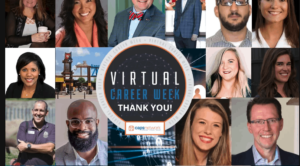
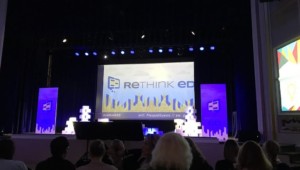
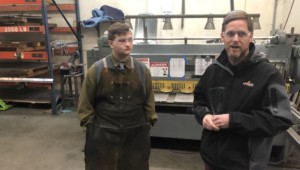
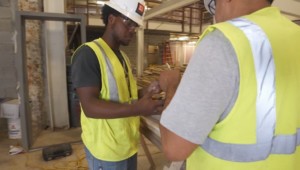
0 Comments
Leave a Comment
Your email address will not be published. All fields are required.